Trend Following Systems: A DIY Project
$17.31
| Author(s) | |
|---|---|
| Format |
|
| Pages |
221 |
| Publication Year |
2018 |
Trend Following Systems: A DIY Project – Batteries Included: Can You Reboot and Fix Yesterday’s Algorithms to Work with Today’s Markets?
Trend Following Systems is completely self-contained – all the data, testing software and all of the algorithms will be included. The algorithms will be made compatible with TradeStation and other EasyLanguage compliant software platforms. Come along the journey as George reaches far into the past to bring out an arsenal of older algorithms and then shows how they can be programmed and evaluated with today’s latest technology. As a plus, you will learn a bunch of Python, but don’t worry if you are a beginner. Everything is clearly explained and demonstrated.
Introduction:
Chapter 1 introduces TradingSimula18 and provides a relatively short tutorial. TradingSimula18 was included because I wanted to provide an introduction to programming and testing without having the reader spend a lot of money up front. You will come out of this chapter with the knowledge of how to put ideas into script. Chapter 2 discusses the classic trend following methods that have been around for a very long time. Other less known algorithms will also be introduced to provide a very sound foundation that we can use to develop better algorithms. Performance metrics over time will be shown to demonstrate the robustness or lack thereof of these algorithms. The concept of portfolio normalization is introduced in this chapter as well.
Chapter 3 will delve into different money management and allocation schemes. This chapter shows the results and the actual programming code for Keith Fitschen’s “First N in a Group Trading” allocation methods. Sector analysis is thoroughly explained along with the source code. Chapter 4 demonstrates the omniscient power of TS-18. Because of TS-18’s unique testing paradigm, the landscape of the entire portfolio is at your disposal at the beginning of every historic test bar. Keeping track of multiple algorithms in one strategy is demonstrated.
hapter 5 is the big Damn Chapter on trend following algorithms. Here you get to see the results of different popular TF approaches. The use of weekly bars in calculations is introduced. Welles Wilder’s ParabolicSAR function and strategy are programmed and fully disclosed. Chapter 6 discusses data and provides some tools to analyze free futures data from QUANDL. These tools were used to download and splice QUANDL data into a continuous contract and this data is made available on the trendfollowingsystems.com.
Contents:
- Trading Simulator
- Trend Following Algorithms
- Money Management Schemes
- The Omniscient Power of Trading Simulator
- Trend Following Systems
- Data, Editors, IDEs and other Various Sundries
Trend Following Systems By George Pruitt pdf
2 reviews for Trend Following Systems: A DIY Project
Clear filtersOnly logged in customers who have purchased this product may leave a review.

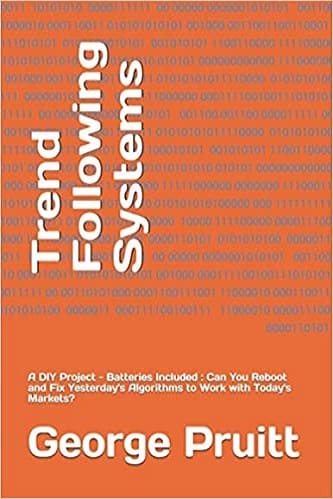
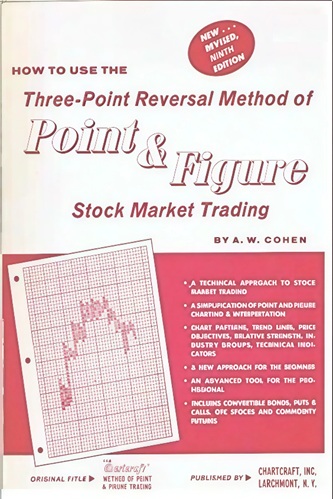
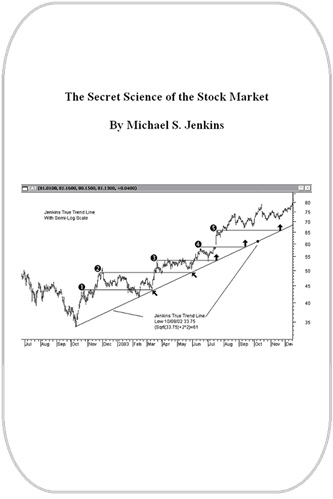
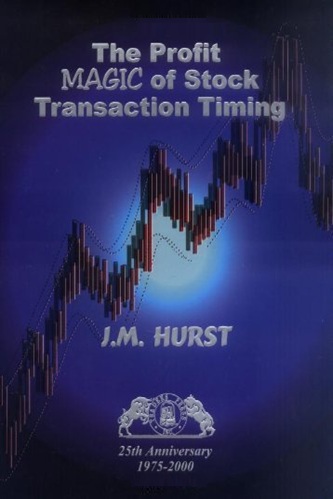



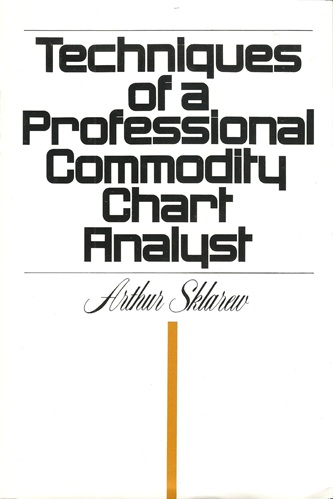
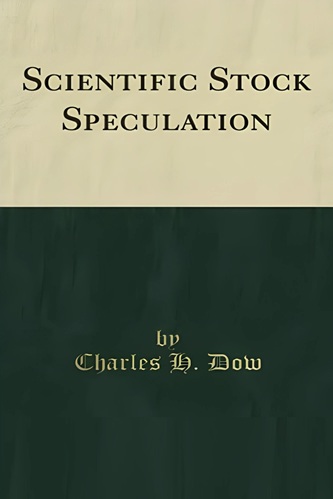
Luna Schneider (verified owner) –
The book is well written and step-by-step teaches the trending systems concepts with examples. Also, there is a code library in Python and Easylanguage which helps to build your system. Use the COVEL strategy, it works very well.
Raymond Williams (verified owner) –
True value from outstanding writer, this book presents a complete framework for backtesting using python (a defacto in Data Science). The author walks the reader step by step into his new innovative TradingSimula18 system. He aims to reboot the golden age of Trend following system to work with today’s market parameters. But also fixing a major flaw in the old backtesting system when one market analyzed at a time sequentially. highly recommended